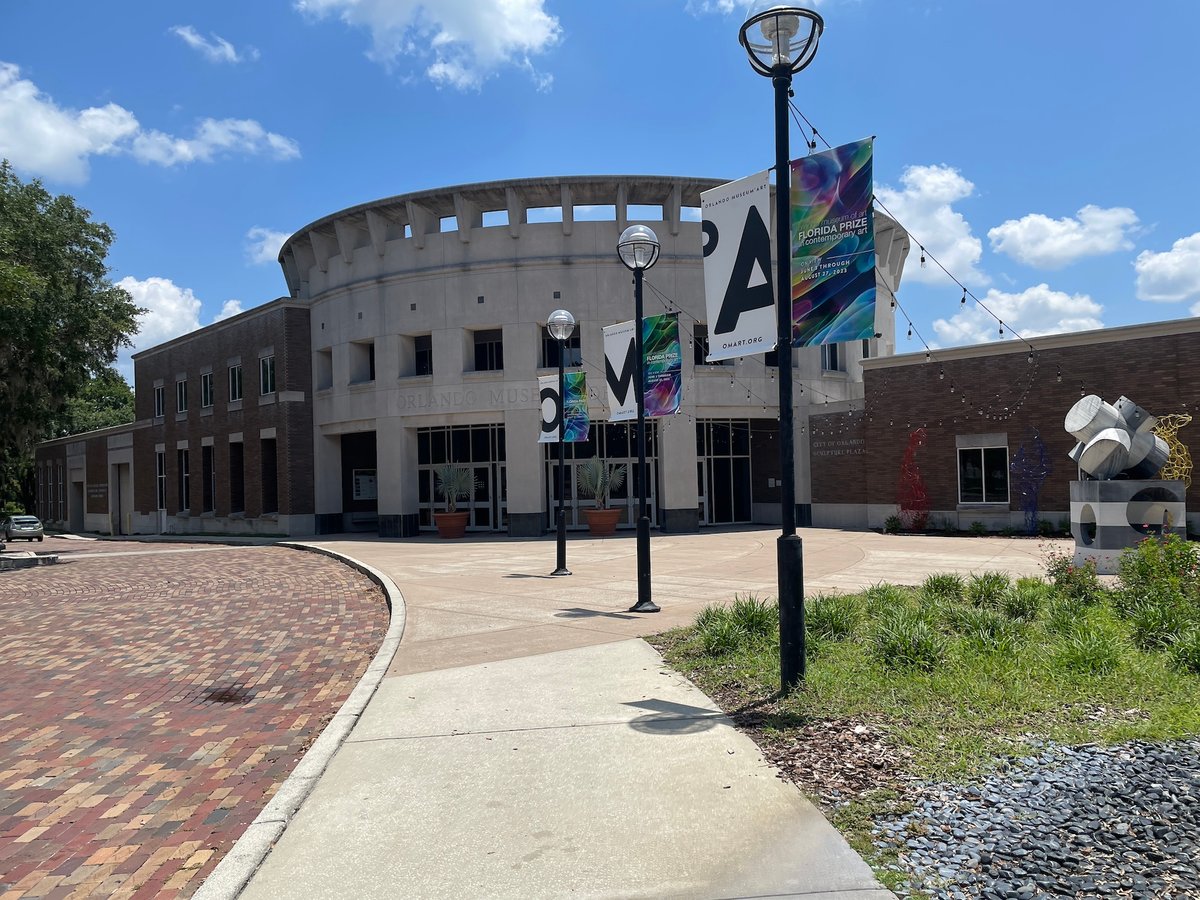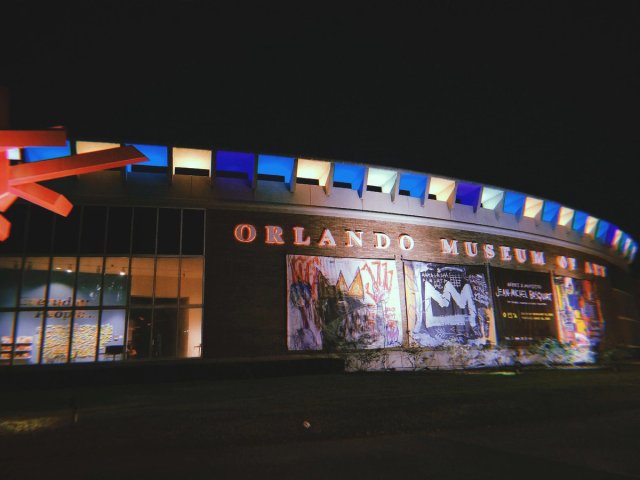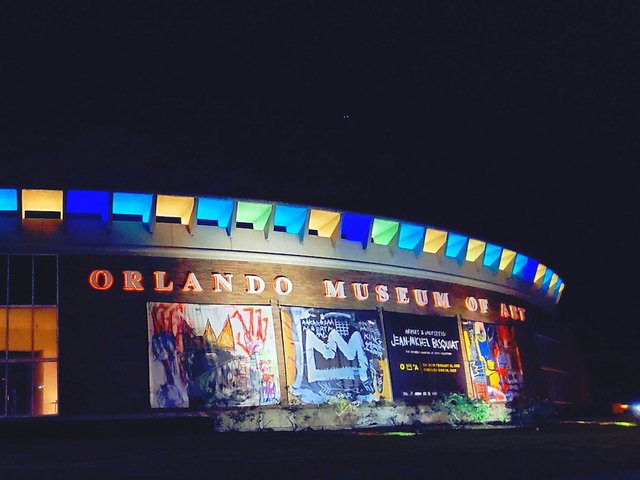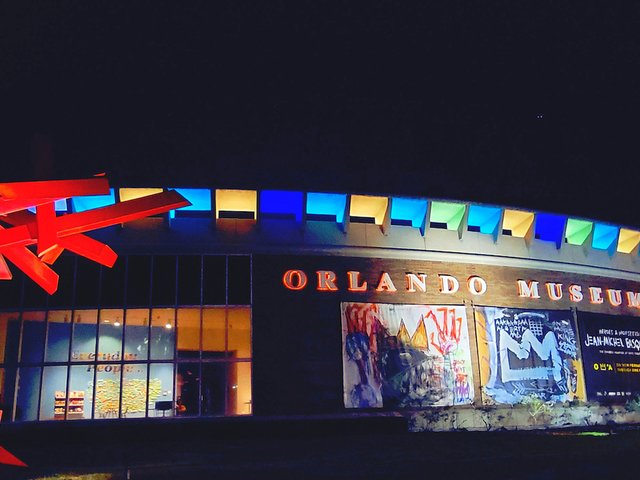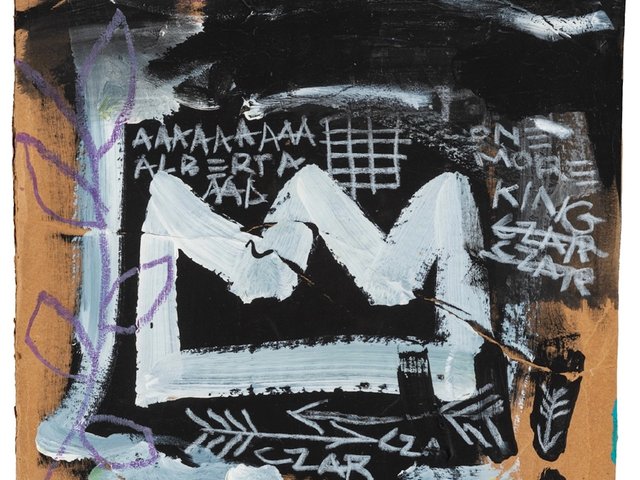The Orlando Museum of Art (OMA), which has been in crisis mode since the FBI raided the institution in June 2022 and seized an exhibition of suspected Jean-Michel Basquiat forgeries, is now in financial peril.
Expenses including ongoing legal action against the museum’s former executive director and those who provided the allegedly fake Basquiats, plus paying for the services of a crisis communications firm, are expected to leave the OMA with a $835,000 deficit for the current fiscal year ending in June, current executive director Cathryn Mattson recently told The New York Times. For a museum with a $4m annual operating budget and endowment of $4m, the present situation constitutes a “significant cash shortfall”, she said.
“Within a year’s time we had a 25% increase in unbudgeted expenses,” Mattson told a gathering of important donors and trustees shortly before Christmas. She added that the institution’s cash reserves were “nearing exhaustion level and that has been our cushion. We have also exhausted our lines of credit and have loans”.
Fundraising amid the crisis has proved challenging. Mattson said that some of “the museum’s trustees have stepped up by doubling or increasing their contributions to bridge this liquidity crunch”. However, a recent meeting with three of the Orlando region’s leading philanthropists concluded with “no dollar outcome” committed to shore up the OMA’s finances. And while some trustees may be increasing their giving, other patrons have ceased their support. Two months after the FBI raid, several trustees claimed they were dismissed from their roles in retaliation for criticising the handling of the crisis; museum spokespersons asserted leadership had merely enforced term limits.
Most recently, the Times report reveals, a former member of the OMA’s Acquisition Trust board, Fiorella Escalon, was dismissed after launching an online petition titled “Save the Orlando Museum of Art”. “The reason why I went public, is if I don’t say anything, the museum is just going to go under,” Escalon told the Times. “And everybody will say, ‘Oh yeah, we should have done something.’ But nobody did.”
Beyond its mounting deficit for the current fiscal year, the museum expects it will spend another $500,000 in legal fees to bring its lawsuit against former executive director Aaron de Groft and the creators of the disputed Basquiat works—former auctioneer Michael Barzman and an unnamed third defendant—to trial in autumn 2025.
Barzman, who admitted last spring that he and an accomplice had made the works with the intention of passing them off as authentic Basquiats, was ordered last August to pay a fine, do community service and serve probation. De Groft, who maintains that the Basquiats are genuine and he was unjustly dismissed, is countersuing.
A spokesperson for the OMA did not immediately respond to The Art Newspaper's request for comment about the institution's financial situation.


